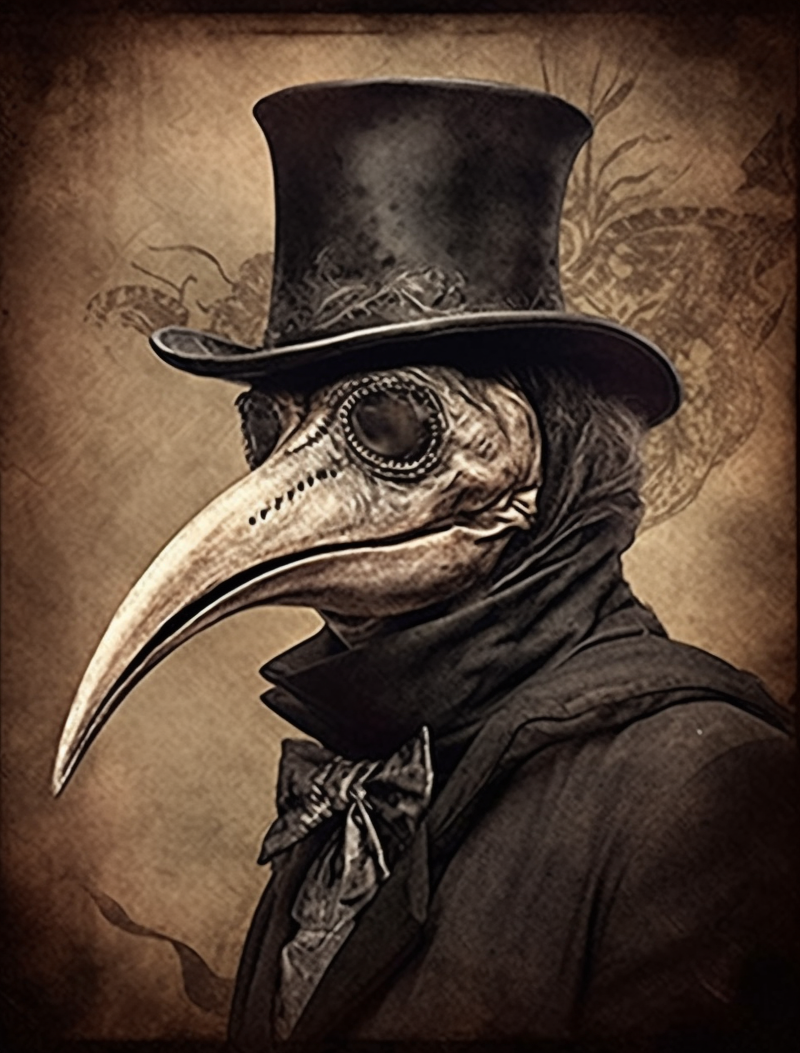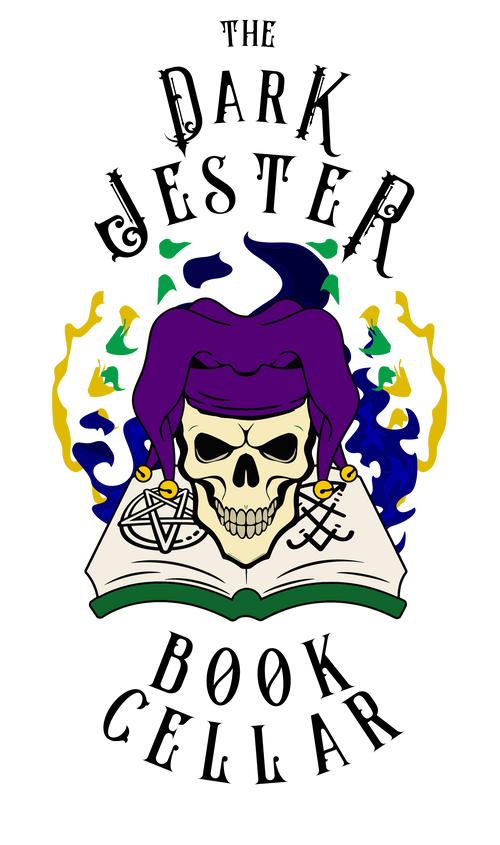
Welcome, dear readers, to The Dark Jester Book Cellar's literary lair, where darkness meets ink on paper. In this article, we embark on a journey through the shadowy corridors of horror literature, tracing its evolution through the ages. Join us as we delve into the history of spine-chilling tales, exploring how the genre has morphed and mutated to captivate and terrify readers across generations.
-
The Gothic Roots: Our journey begins in the 18th century with the emergence of Gothic fiction. Classic works like Horace Walpole's "The Castle of Otranto" set the stage for haunted castles, supernatural occurrences, and brooding atmospheres that would become synonymous with the horror genre.
-
Victorian Ghost Stories: As we move into the 19th century, we encounter the rise of Victorian ghost stories. Authors like M.R. James and Henry James crafted tales that blended psychological horror with the supernatural, creating an air of unease that lingered long after the final page.
-
The Birth of the Monster: Mary Shelley's "Frankenstein": No exploration of horror literature is complete without Mary Shelley's "Frankenstein." Published in 1818, this iconic novel not only introduced the world to a reanimated monster but also delved into the moral implications of playing god, laying the groundwork for future horror themes.
-
Edgar Allan Poe's Macabre Mastery: Enter the macabre realm of Edgar Allan Poe, a literary pioneer whose works, including "The Tell-Tale Heart" and "The Fall of the House of Usher," showcased a mastery of psychological terror and gothic horror. Poe's influence echoes through the corridors of horror to this day.
-
H.P. Lovecraft's Cosmic Horror: In the early 20th century, H.P. Lovecraft redefined horror with his cosmic tales of ancient gods and otherworldly horrors. "The Call of Cthulhu" and other works introduced a sense of existential dread that left readers questioning the fragility of their sanity.
-
The Golden Age of Horror: Stephen King and the 1970s-80s Boom: Fast forward to the latter half of the 20th century, where horror experienced a renaissance. Stephen King emerged as a literary juggernaut, ushering in the golden age of horror fiction. Works like "Carrie," "The Shining," and "It" solidified King's status as a modern master of horror.
-
Psychological Horror in the 21st Century: As we step into the 21st century, the genre continues to evolve. Authors like Gillian Flynn ("Gone Girl") and Mark Z. Danielewski ("House of Leaves") explore the realms of psychological horror, blurring the lines between reality and nightmare.
-
Diversity and Inclusion in Horror: The horror genre is also undergoing a welcome transformation, embracing diverse voices and perspectives. Authors like Silvia Moreno-Garcia ("Mexican Gothic") bring fresh cultural influences to the genre, enriching the tapestry of horror literature.
